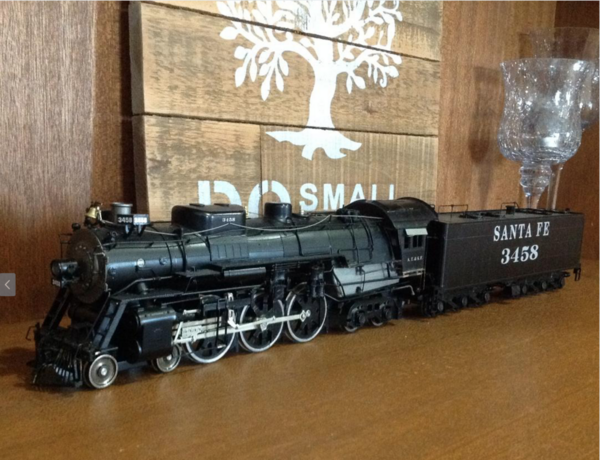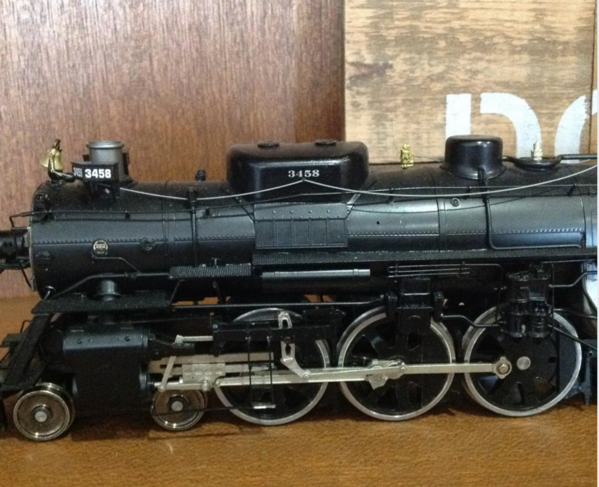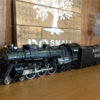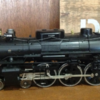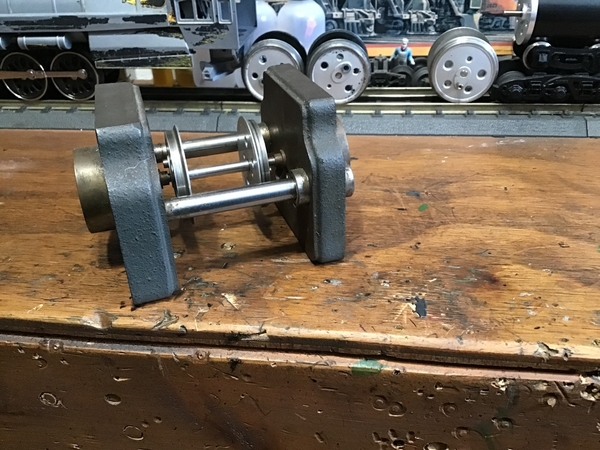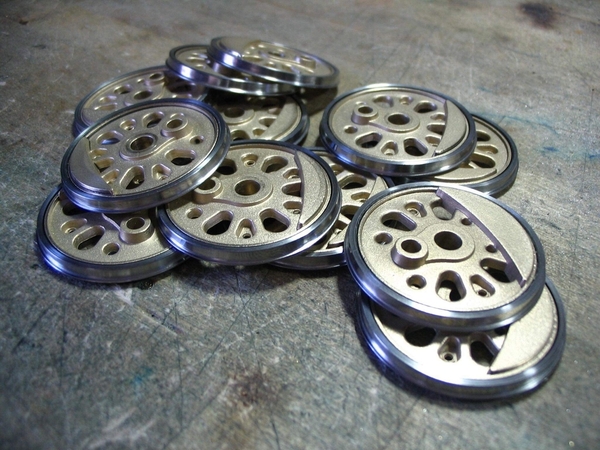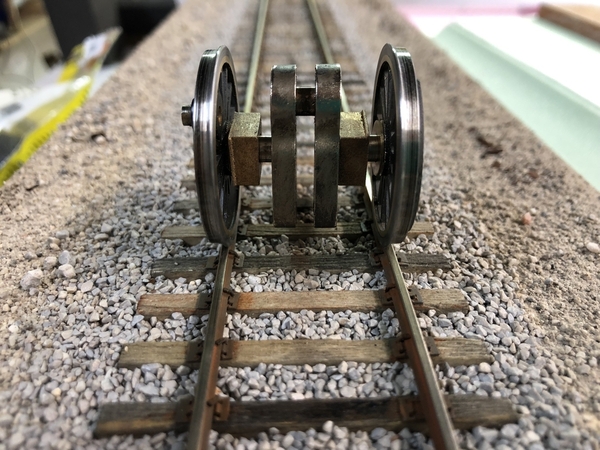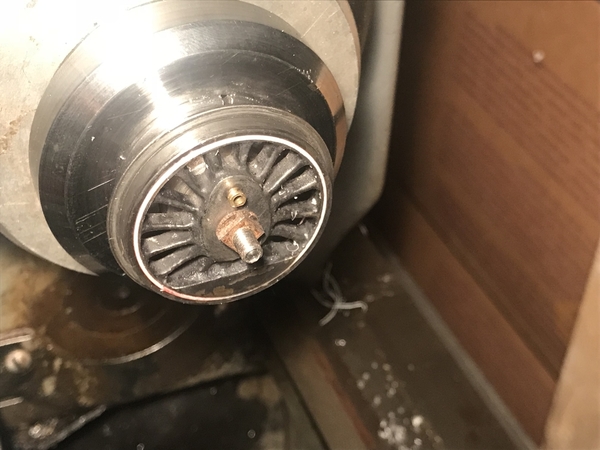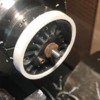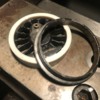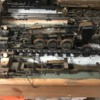I think the AC/DC and TMCC/DCC discussion may be over complicating. Most all models, now, 3 rail and 2 rail, use permanent magnet motors (DC motors), I think. What separates the operating system is the electronic receiver board in the locomotive. 2 wires from the track are input to the control board, and the 2 wires from the board go to the motor. If 3 rail, one track wire comes from the center rail, and one from one of or both outside rails. If 2 rail, one wire comes from each outside rail - there is no center rail. I think whether TMCC or DCC, it works that way.
If newer models have DC motors, they will not run well, or probably not at all on AC, unless the signal is offset which DCC can do if desired.
As for car lighting, again it will be the same, 2 rail or 3 rail, just a difference of where the pickups are.
Basically converting diesels, and cars from 3 to 2 rail is relatively easy - sometimes making pickups gets tricky. Sometimes finding axles the right length is a chore. But basically it is generally changing pickups and wheelsets. Generally it is easy to take these things apart and reassemble them.
Converting steam locos is much more complicated. The mechanisms have all the rods and valve gear. That must be removed and reinstalled. Steam loco drivers vary all over the map and finding the right ones can be very difficult. There are some machinests around that will convert the original drivers. Rod Miller as mentioned above may do this work. These are very skilled craftsmen and the work requires special tools such as lathes and quartering jigs and wheel pullers. It is not a cheap process.




